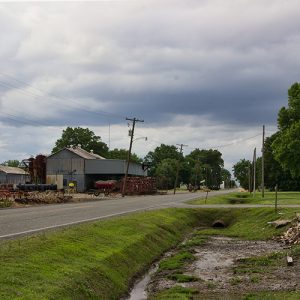 Coy
Coy
Entry Type: Place
 Coy
Coy
Coy (Lonoke County)
 Coy Post Office
Coy Post Office
 Coy Train Depot
Coy Train Depot
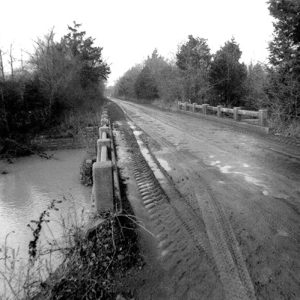 CR 4G Bridge Road Bed
CR 4G Bridge Road Bed
 Craig's Bar-B-Q
Craig's Bar-B-Q
 Craig's Bar-B-Q Ad
Craig's Bar-B-Q Ad
 Craighead County Courthouse
Craighead County Courthouse
Craighead County
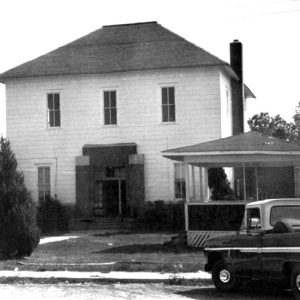 Craighead County Courthouse
Craighead County Courthouse
 Craighead County Jonesboro Public Library
Craighead County Jonesboro Public Library
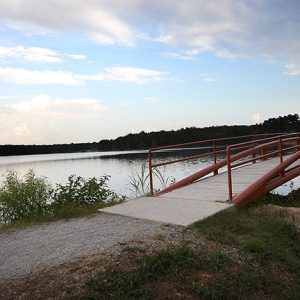 Craighead Forest Park
Craighead Forest Park
 Crater of Diamonds
Crater of Diamonds
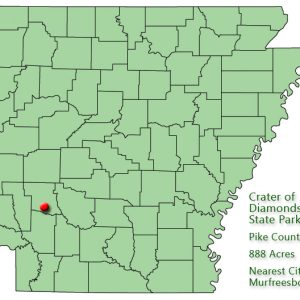 Crater of Diamonds State Park: Park Location
Crater of Diamonds State Park: Park Location
Crater of Diamonds State Park
Crawford County
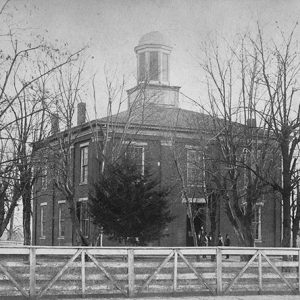 Crawford County Courthouse
Crawford County Courthouse
 Crawford County Bank Building
Crawford County Bank Building
 Crawford County Courthouse
Crawford County Courthouse
Crawfordsville (Crittenden County)
Crenshaw Site
Crescent Hotel
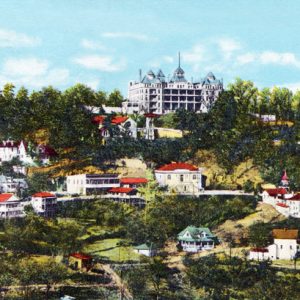 Crescent Hotel
Crescent Hotel
 Crescent Hotel
Crescent Hotel
 Crescent Hotel Fireplace
Crescent Hotel Fireplace
Crittenden County
 Crittenden County Courthouse
Crittenden County Courthouse
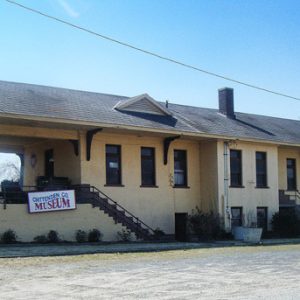 Crittenden County Museum
Crittenden County Museum
 Crittenden Lumber Co.
Crittenden Lumber Co.
 Florence Crittenton Home
Florence Crittenton Home
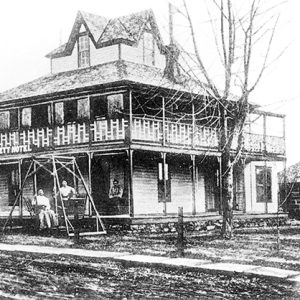 Crockett Hotel
Crockett Hotel
 Crockett's Bluff
Crockett's Bluff
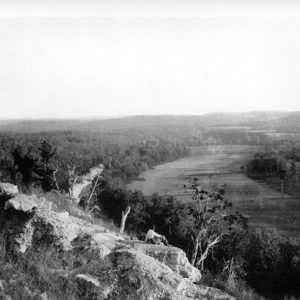 Crooked Creek
Crooked Creek
 Crooked Creek
Crooked Creek
Crooked Creek (Watershed)
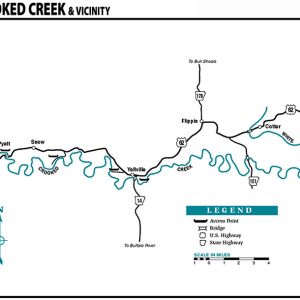 Crooked Creek Map
Crooked Creek Map
 Cross and Nelson Hall Historic District
Cross and Nelson Hall Historic District
Cross and Nelson Hall Historic District
Cross County
 Cross County Museum
Cross County Museum
 Cross County Museum
Cross County Museum
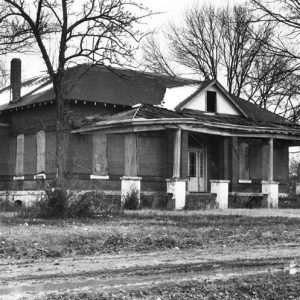 Old Cross County Courthouse
Old Cross County Courthouse
 Cross County Courthouse
Cross County Courthouse
Cross Roads (Hot Spring County)
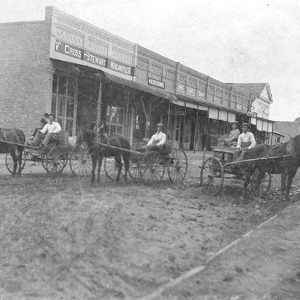 Cross Stewart Mercantile
Cross Stewart Mercantile
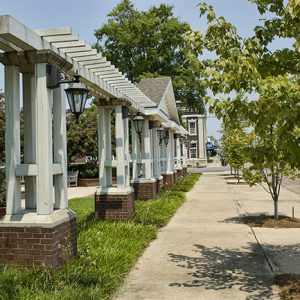 Centennial Park
Centennial Park
Crossett (Ashley County)
 Crossett Arial View
Crossett Arial View
 Crossett Experimental Forest
Crossett Experimental Forest
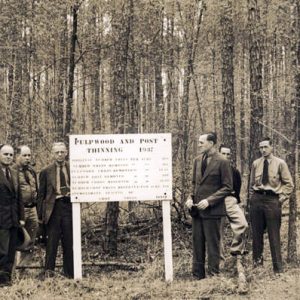 Crossett Experimental Forest
Crossett Experimental Forest




